Why is digital tech missing from analyses of climate adaptation in mountain regions?
Digital innovation is and will be central to climate adaptation. At a macro-level, as shown in figure 1, ICTs can support all aspects of the adaptation strategy lifecycle[i]. At a micro-level, digital tools are supporting households and communities with applications related to weather and pest early warning, water conservation, climate insurance, etc[ii]. A whole series of innovations – AI, robotics, blockchain and more – are further expanding the contribution that digital can make to climate adaptation[iii].
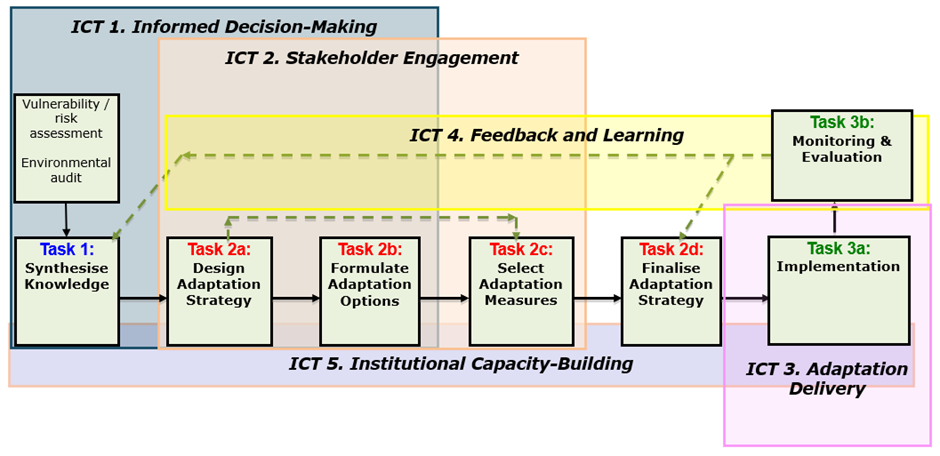
Figure 1: ICTs and Climate Adaptation Strategy
Mountain regions are often cited as being on the front line of climate change[iv] and they are, hence, the locus for widespread climate adaptation initiatives[v]. Those initiatives are analytically reviewed from time to time. Leading examples of such reviews at both strategic and tactical levels include:
- McDowell, G., Stephenson, E., & Ford, J. (2014). Adaptation to climate change in glaciated mountain regions. Climatic Change, 126, 77-91.
- Muccione, V., Salzmann, N., & Huggel, C. (2016). Scientific knowledge and knowledge needs in climate adaptation policy: a case study of diverse mountain regions. Mountain Research and Development, 36(3), 364-375.
- McDowell, G., Huggel, C., Frey, H., Wang, F. M., Cramer, K., & Ricciardi, V. (2019). Adaptation action and research in glaciated mountain systems: are they enough to meet the challenge of climate change?. Global Environmental Change, 54, 19-30.
- Cattivelli, V. (2021). Climate adaptation strategies and associated governance structures in mountain areas. Sustainability, 13(5), 2810.
- McDowell, G., Stevens, M., Lesnikowski, A., Huggel, C., Harden, A., DiBella, J., … & Global Adaptation Mapping Initiative. (2021). Closing the adaptation gap in mountains. Mountain Research and Development, 41(3), A1.
- Vij, S., Biesbroek, R., Adler, C., & Muccione, V. (2021). Climate change adaptation in European mountain systems: a systematic mapping of academic research. Mountain Research and Development, 41(1), A1.
- Muccione, V., Aguilera Rodriguez, J., Scolobig, A., Witton, R., Zwahlen, J., Mackey, A., … & Allen, S. K. (2024). Trends in climate adaptation solutions for mountain regions. Mitigation and Adaptation Strategies for Global Change, 29(7), 74.
What do all of these multi-initiative analyses have in common? They make no mention of the role of digital tech within the adaptation strategies or solutions[vi]. There are occasional mentions of components likely underpinned by digital such as scenario modelling or mapping or the role of “scientific information” and data, and there are a few unspecific references to “technology”. But there is no explicit consideration of digital: snow-making technology is discussed; digital technology is not.
Is this because mountain climate adaptation does not involve digital technology? No.
The Adaptation at Altitude Solutions Portal provides details of 88 mountain climate adaptation initiatives; available as an online dataset. Analysis of the dataset plus reference to original project documentation shows that in all but 10 cases – so for 89% of projects – digital technologies were identifiably an important part of the adaptation response[vii]. The most common applications could be related to different stages of response. Recurrent early-stage uses were for modelling and mapping, e.g. of priority locations for intervention, often involving earth observation data and geographic information systems. Recurrent late-stage uses were for flood, fire, weather or similar early warning systems; usually mobile phone-based. The other common application was management information systems, typically to support the operation of community, local government, NGO or central government adaptation centres. Less common applications included use of drones, and e-commerce and e-learning systems.
Is this analytical absence a problem? Very likely it is:
- Failing to identify the contribution of digital technologies to climate adaptation means future initiatives – to the extent they are influenced by past analyses – are less likely themselves to successfully incorporate, and hence to benefit from, digital.
- Failing to analyse the role of digital in climate adaptation means a failure to learn digital-specific lessons which thus makes future initiatives more likely to fail. Especially so given that there are digital-specific design, development, implementation and evaluation techniques that cannot simply be transferred from other technologies[viii].
- Failing to highlight the role of digital in climate adaptation means an absence of consideration of emerging digital innovations such as AI and blockchain that, as noted above, have been demonstrated to have significant potential to accelerate adaptation[ix].
This does not answer the original question of why digital is missing. Most likely it’s a failure of multi-disciplinarity within research on sustainable mountain development, with an absence of socio-technical digital development expertise – the kind that would immediately recognise the pervasive presence and importance of digital systems. That’s a reminder of the way in which development studies – with the emergence and growth of its ICT4D sub-discipline including dedicated degree courses and journals – has progressed further than mountain studies.
In terms of implications of all this, many of the sources cited above include an identification of research gaps. What they have missed, however, is the gap – and future research agenda – around digital and climate adaptation in mountain regions. That’s a priority topic that should be taken forward. We welcome thoughts on modalities and collaborations for this.
[i] Adapted from Ospina, A.V. & Heeks, R. (2011) ICTs and Climate Change Adaptation: Enabling Innovative Strategies, Centre for Development Informatics, University of Manchester, UK
[ii] Dittmer, K. M., Wollenberg, E. K., Burns, S., & Shelton, S. W. (2022). Digital Tools for Climate Change Adaptation and Mitigation, TRANSITIONS Policy Brief, IFAD, Rome
[iii] Parra-López, C., Abdallah, S. B., Garcia-Garcia, G., Hassoun, A., Sánchez-Zamora, P., Trollman, H., … & Carmona-Torres, C. (2024). Integrating digital technologies in agriculture for climate change adaptation and mitigation: state of the art and future perspectives. Computers and Electronics in Agriculture, 226, 109412
[iv] McDowell, G., Stephenson, E., & Ford, J. (2014). Adaptation to climate change in glaciated mountain regions. Climatic Change, 126, 77-91; Pepin, N. C., Arnone, E., Gobiet, A., Haslinger, K., Kotlarski, S., Notarnicola, C., … & Adler, C. (2022). Climate changes and their elevational patterns in the mountains of the world. Reviews of Geophysics, 60(1), e2020RG000730.
[v] Muccione, V., Aguilera Rodriguez, J., Scolobig, A., Witton, R., Zwahlen, J., Mackey, A., … & Allen, S. K. (2024). Trends in climate adaptation solutions for mountain regions. Mitigation and Adaptation Strategies for Global Change, 29(7), 74.
[vi] Based on a read-through of each of these sources plus cross-check search for ‘digital’, ‘information’, ‘data’, ‘technol’ and other terms potentially related to digital technology.
[vii] Even where not identifiable, digital technologies will have been used for project management, monitoring and evaluation, and dissemination purposes.
[viii] Pearlson, K. E., Saunders, C. S., & Galletta, D. F. (2024). Managing and Using Information Systems: A Strategic Approach. John Wiley & Sons; Heeks, R.B. (2018) Information and Communication Technologies for Development. Routledge.
[ix] Moncada, N.R. (2023) Blockchain for Climate Innovation, CIFAR Alliance; Leal Filho, W., Wall, T., Mucova, S. A. R., Nagy, G. J., Balogun, A. L., Luetz, J. M., … & Gandhi, O. (2022). Deploying artificial intelligence for climate change adaptation. Technological Forecasting and Social Change, 180, 121662.
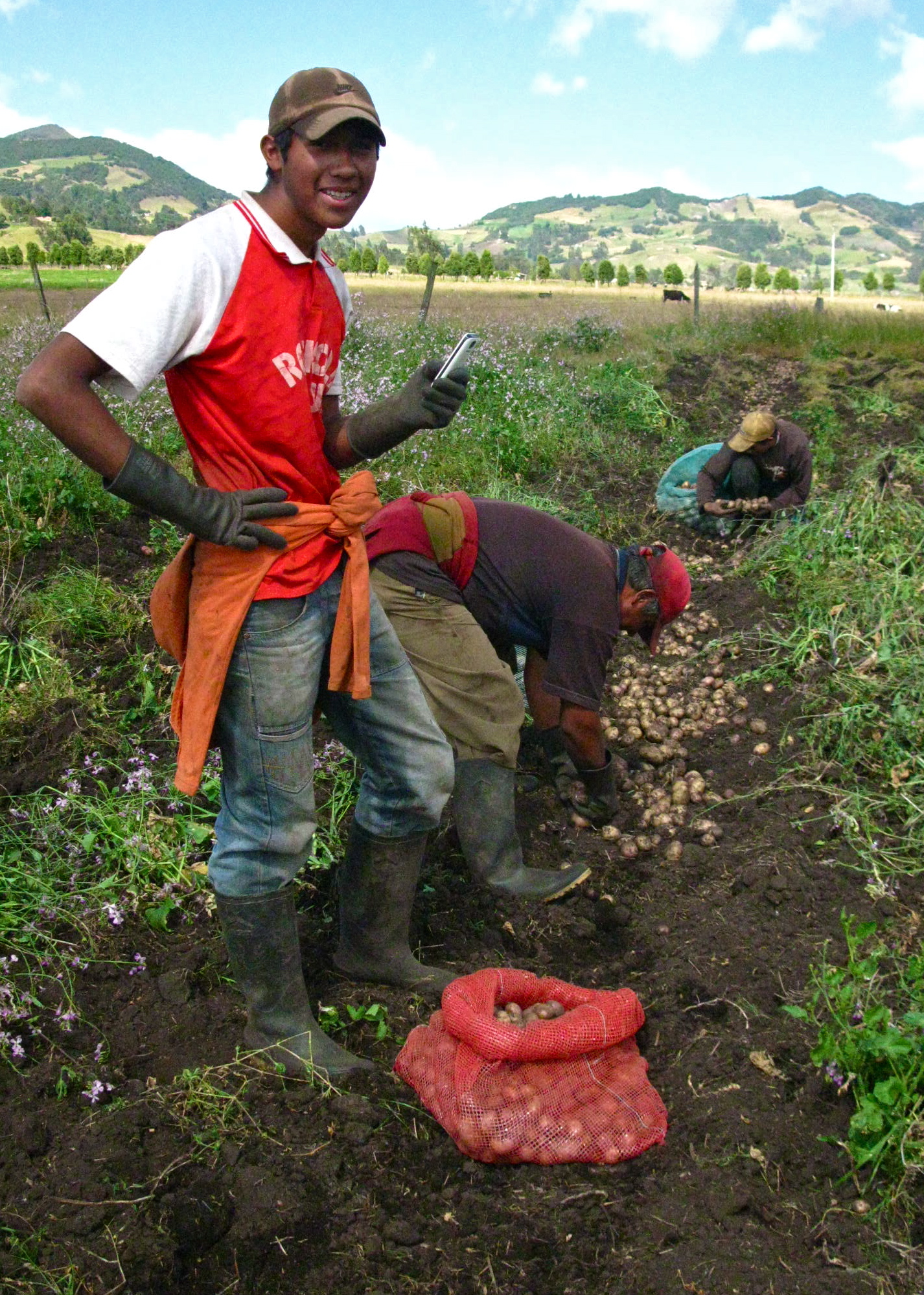

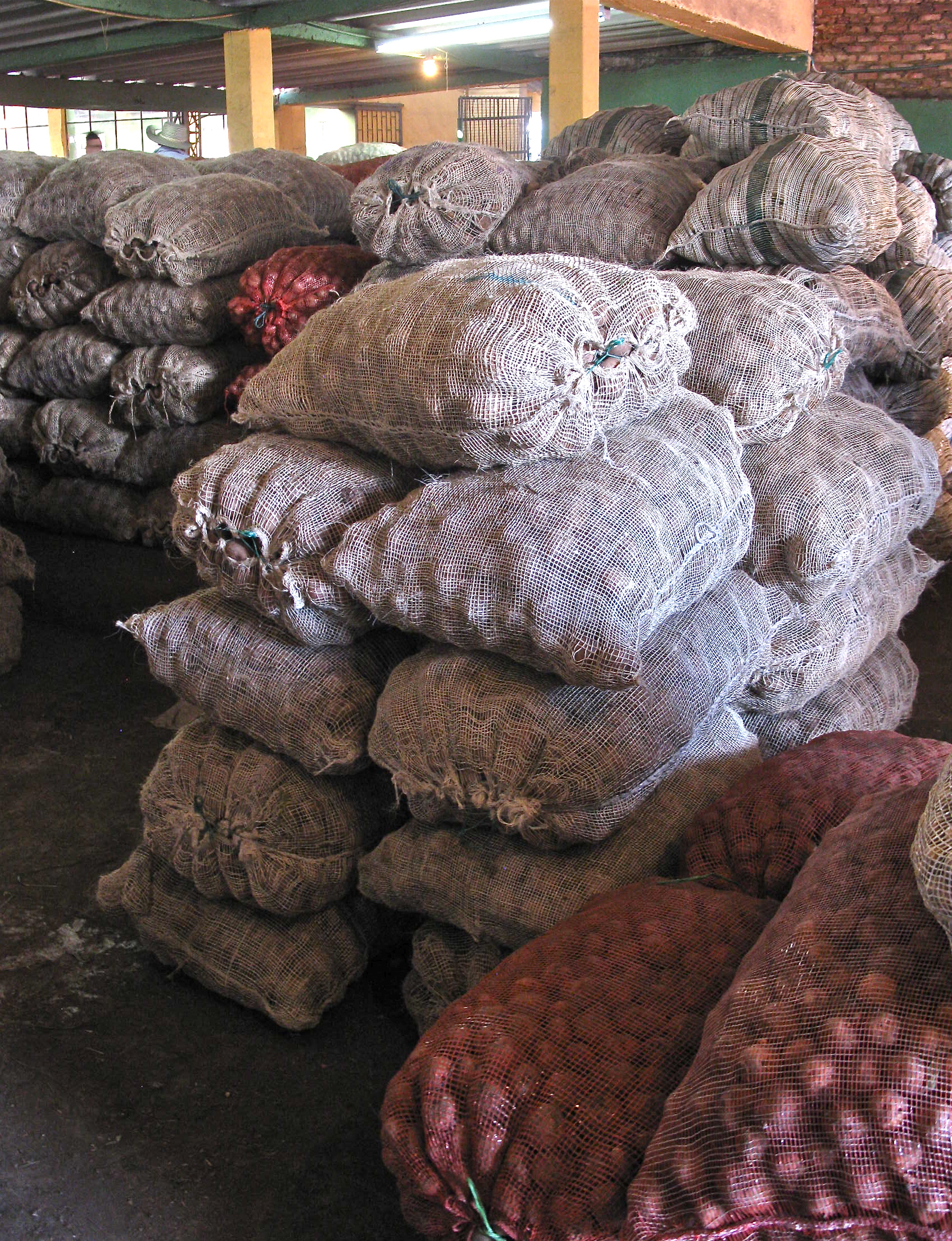
 Institutions play a crucial role in the ability of vulnerable systems to cope with and adjust to change and uncertainty. They can either enable or constrain access to resources, markets, regulations, information, finance, and technologies, among others, which are key to overcome the challenges and benefit from the potential opportunities posed by climate change.
Institutions play a crucial role in the ability of vulnerable systems to cope with and adjust to change and uncertainty. They can either enable or constrain access to resources, markets, regulations, information, finance, and technologies, among others, which are key to overcome the challenges and benefit from the potential opportunities posed by climate change.


 Having a choice plays a critical role within processes of adjustment and change. It involves the assessment and judgement of different options, and the skills necessary to make a decision among alternatives that have a positive value. Thus, ‘having a choice’ has profound implications in the ability of individuals, communities and even nations to cope with and adapt to the impacts of climate change.
Having a choice plays a critical role within processes of adjustment and change. It involves the assessment and judgement of different options, and the skills necessary to make a decision among alternatives that have a positive value. Thus, ‘having a choice’ has profound implications in the ability of individuals, communities and even nations to cope with and adapt to the impacts of climate change.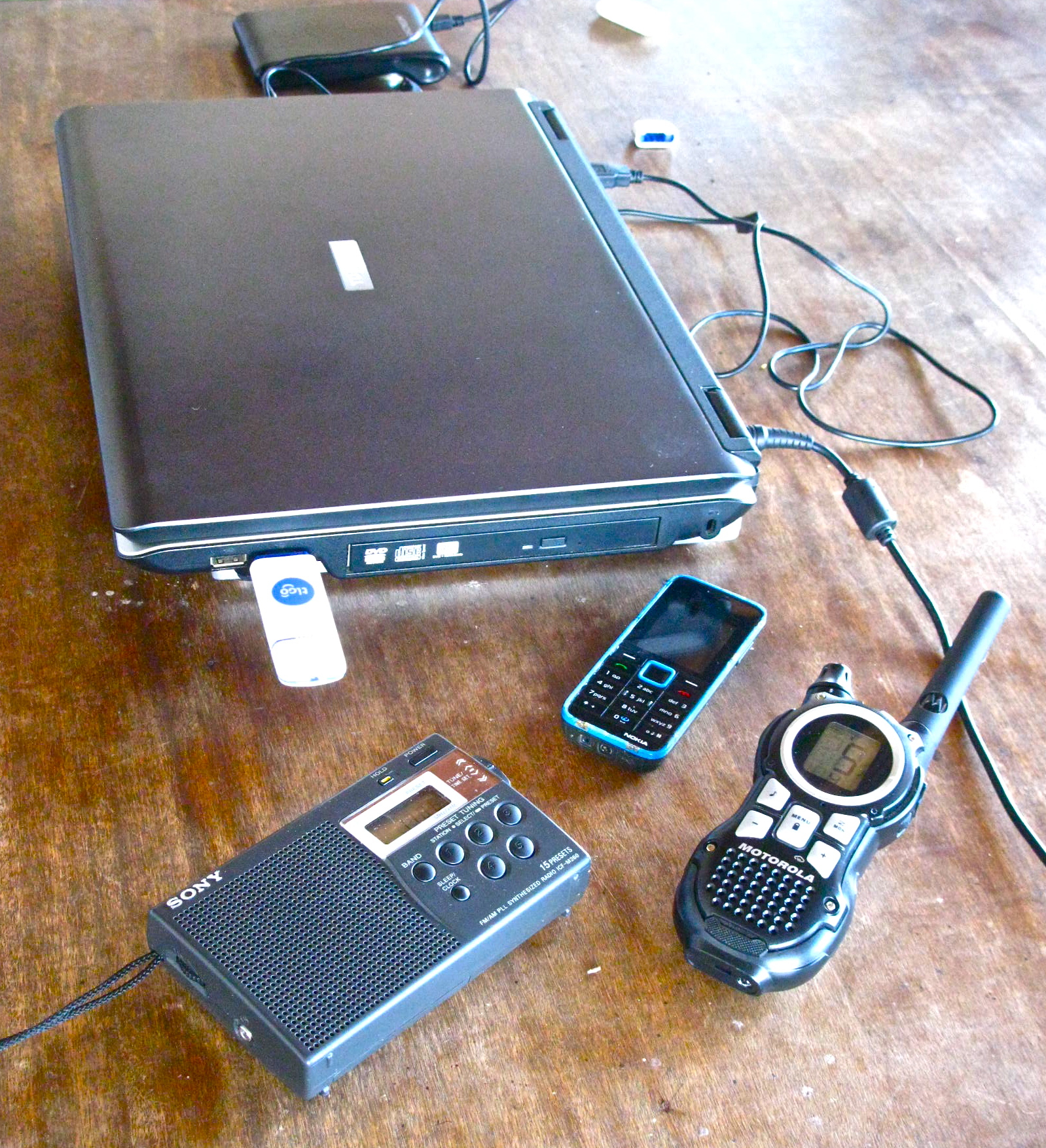
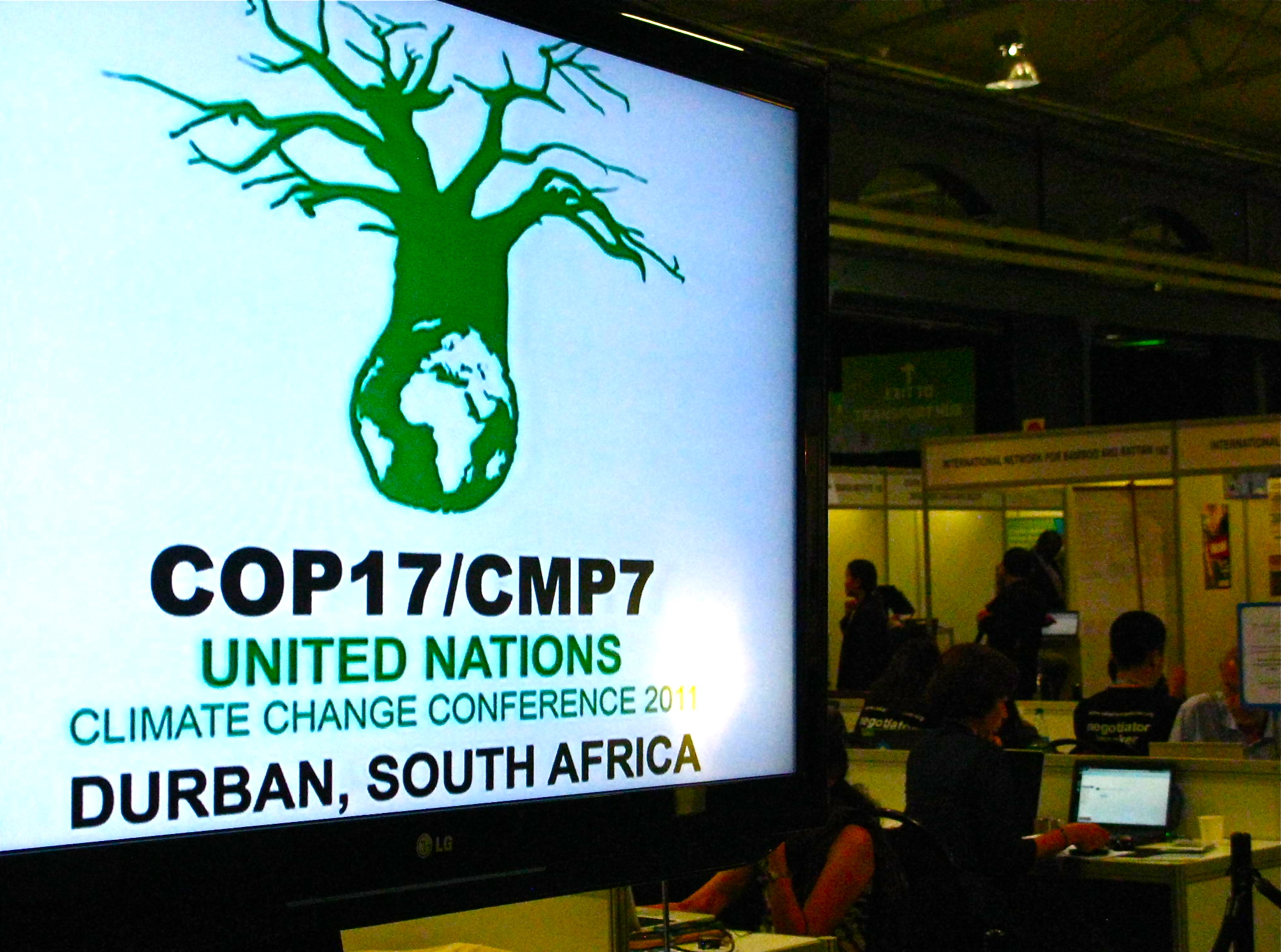 As delegates from around the world are gathered in Durban, South Africa, for a new round of climate change negotiations (
As delegates from around the world are gathered in Durban, South Africa, for a new round of climate change negotiations (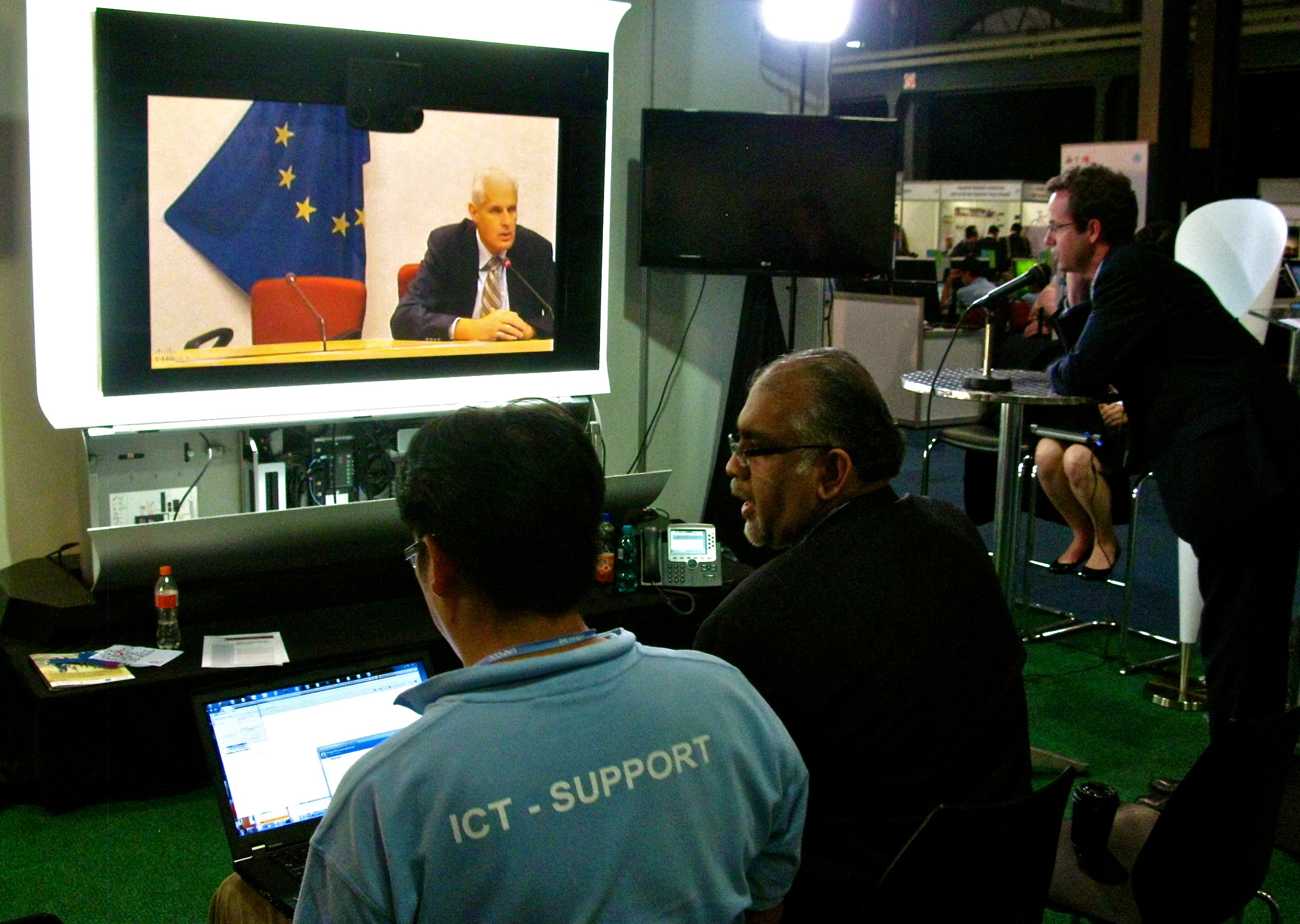 practitioners via tele-presence, and the launch of a ‘PoliWiki’, are among the
practitioners via tele-presence, and the launch of a ‘PoliWiki’, are among the  (In the picture, young delegates share their opinions at the Bloggers’ Loft during COP17). These constitute important efforts to change the perception of climate change actors and decision-makers about the role of ICTs towards climate change goals. One of the main challenges in this regard is to demonstrate that the potential of ICTs goes beyond the provision of relevant and timely climatic information (e.g. through Internet portals, platforms and databases, or early warning systems). ICTs can also play a role towards the implementation of
(In the picture, young delegates share their opinions at the Bloggers’ Loft during COP17). These constitute important efforts to change the perception of climate change actors and decision-makers about the role of ICTs towards climate change goals. One of the main challenges in this regard is to demonstrate that the potential of ICTs goes beyond the provision of relevant and timely climatic information (e.g. through Internet portals, platforms and databases, or early warning systems). ICTs can also play a role towards the implementation of 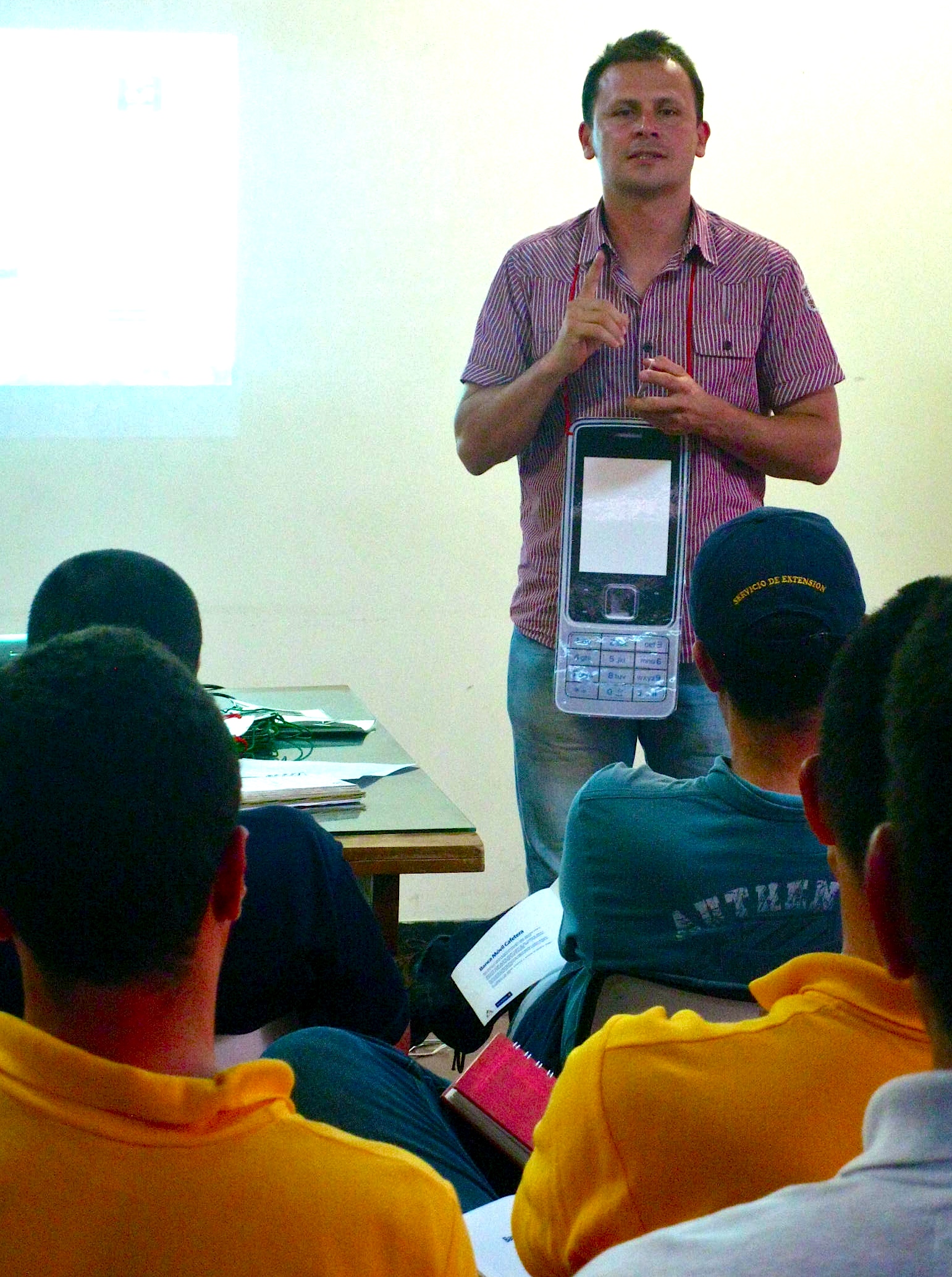 Leadership plays a crucial role within processes of change and transformation, particularly those associated with the impacts of climate change and variability.
Leadership plays a crucial role within processes of change and transformation, particularly those associated with the impacts of climate change and variability.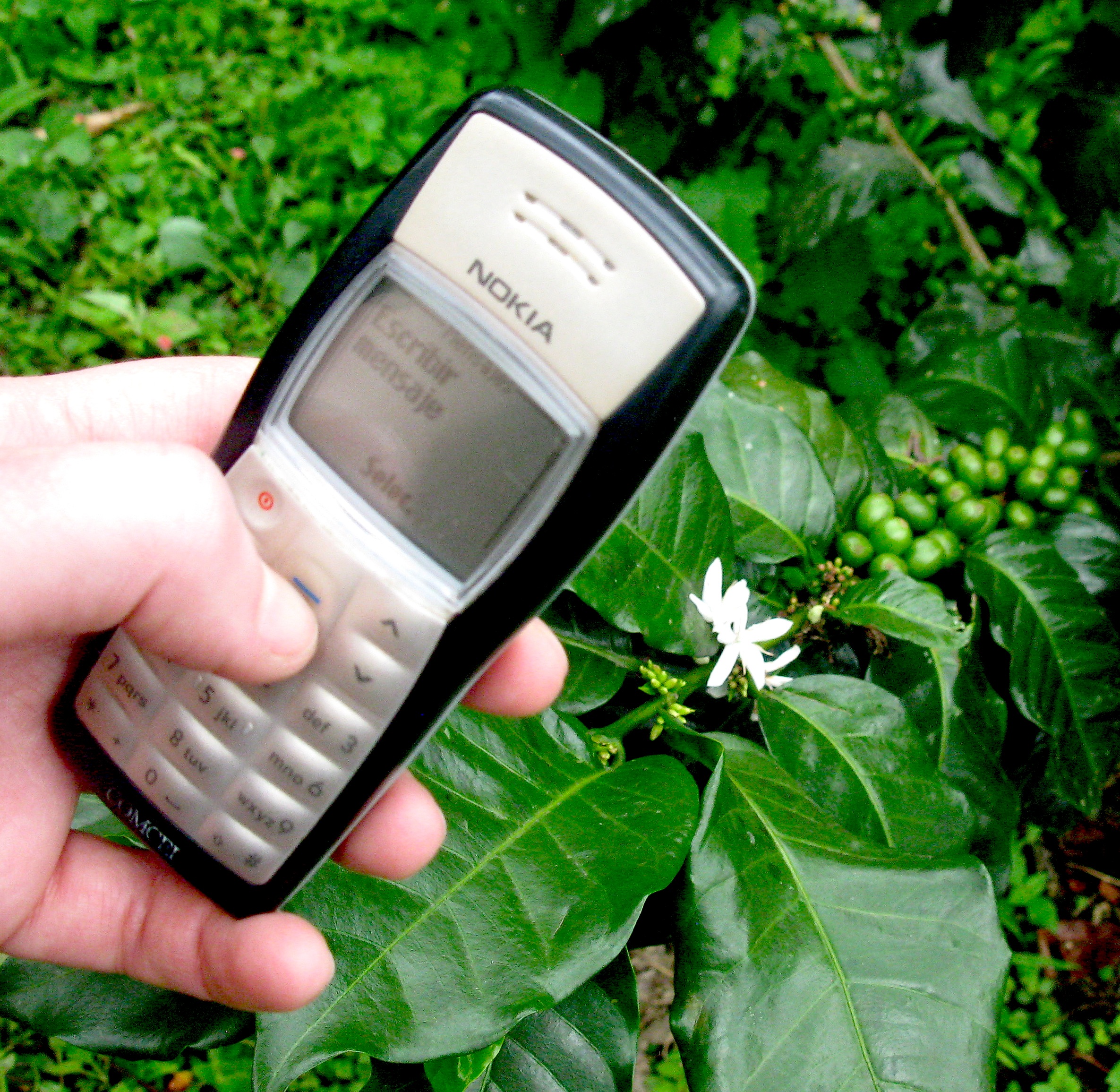 ICTs can support local leadership towards enhanced adaptive capacities in a number of ways, including the following:
ICTs can support local leadership towards enhanced adaptive capacities in a number of ways, including the following: The underlying sense of ‘belonging’ and ‘connectedness’ to a social group can play a key role in the ability of vulnerable communities to cope with and recover from the impacts of climate change.
The underlying sense of ‘belonging’ and ‘connectedness’ to a social group can play a key role in the ability of vulnerable communities to cope with and recover from the impacts of climate change. Much as the impact of climatic disturbances, the linkages between cultural identity, resilience & ICTs are complex and multi-dimensional. A series of short documentary films produced by
Much as the impact of climatic disturbances, the linkages between cultural identity, resilience & ICTs are complex and multi-dimensional. A series of short documentary films produced by 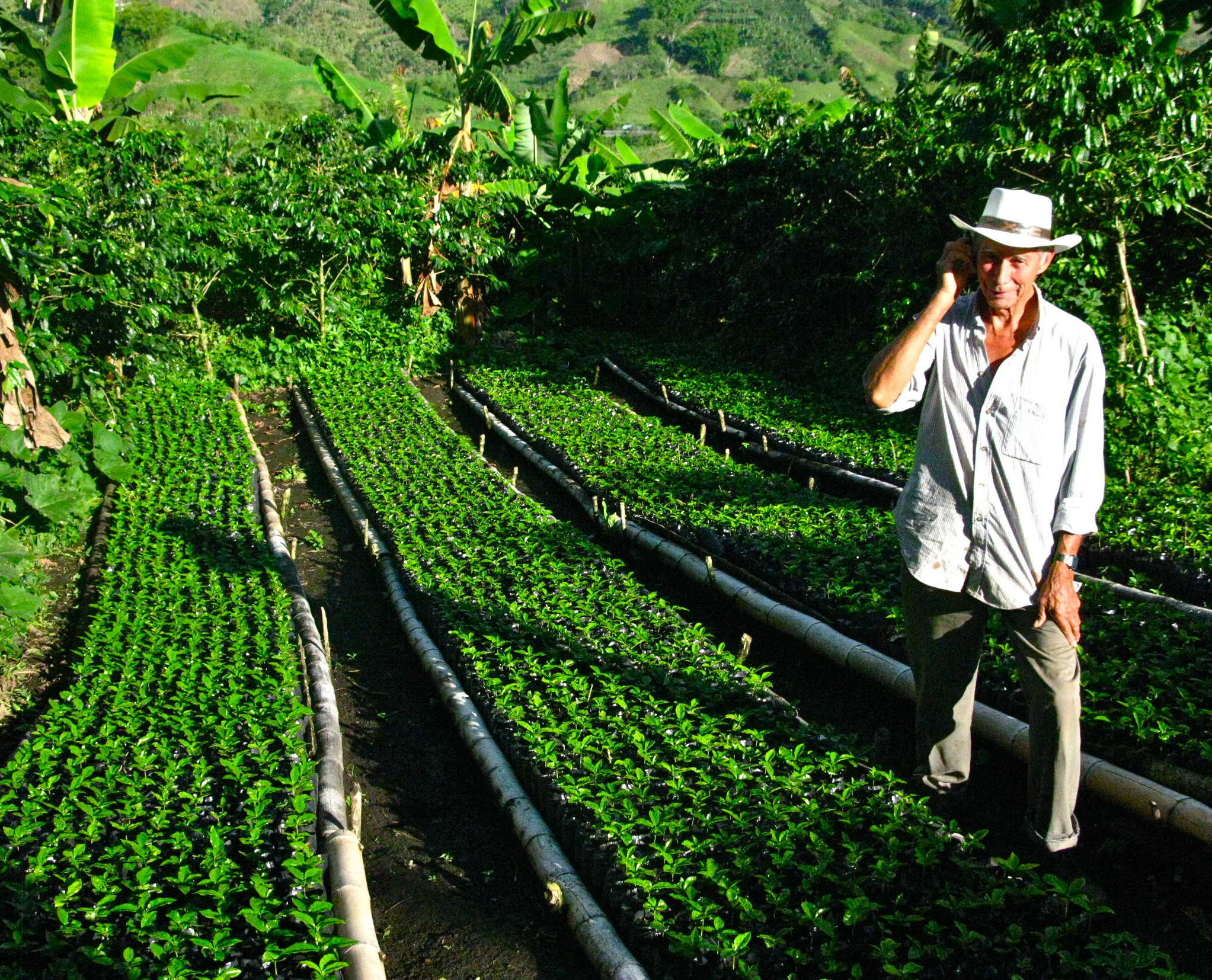 While the need to adapt is undeniable given the challenges posed by climate change and variability, the way in which we understand, approach and enable adaptive change should be given careful consideration, particularly within developing contexts.
While the need to adapt is undeniable given the challenges posed by climate change and variability, the way in which we understand, approach and enable adaptive change should be given careful consideration, particularly within developing contexts.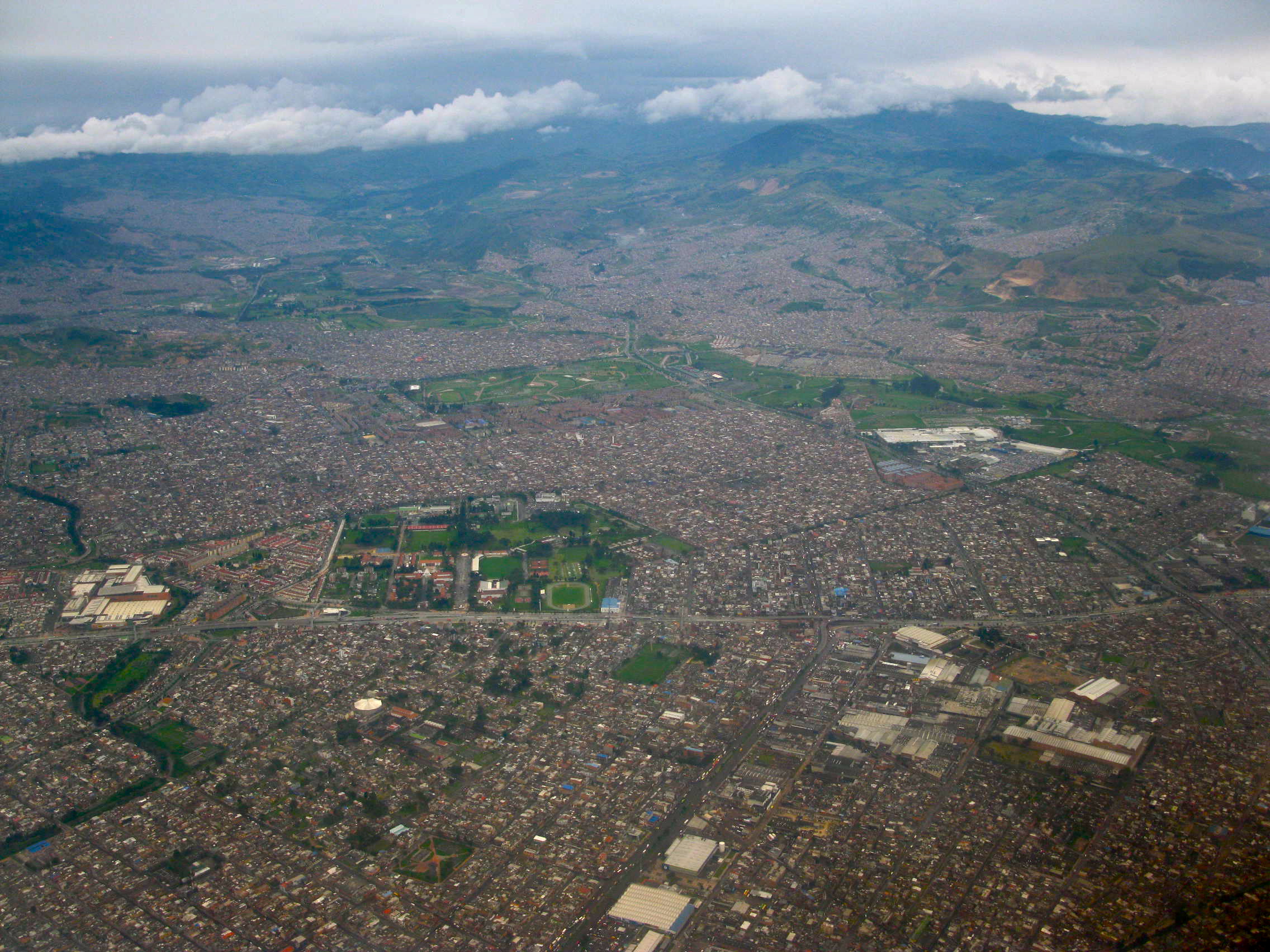 The complexity of urban contexts poses new challenges and opportunities to processes of resilience building. While increasing attention is being paid to the threats posed by climate change and variability to rural environments, urban marginalization poses equally important challenges that need to be examined from a ‘resilience lens’, fostering innovative responses towards urban change and transformation.
The complexity of urban contexts poses new challenges and opportunities to processes of resilience building. While increasing attention is being paid to the threats posed by climate change and variability to rural environments, urban marginalization poses equally important challenges that need to be examined from a ‘resilience lens’, fostering innovative responses towards urban change and transformation. Tools such as Information and Communication Technologies (ICTs) have been diffusing rapidly among the urban poor, providing new livelihood opportunities and fostering entrepreneurship through PC/Internet related microenterprises, mobile phones and associated services and applications (UNCTAD, 2010). Studies suggest that ICTs have helped to improve the availability of information in the informal sector, to reduce transaction costs and improve job creation and access to markets, contributing to income generation (ibid). (In the picture, an informal vendor in Colombia diversifies her income by selling mobile minutes).
Tools such as Information and Communication Technologies (ICTs) have been diffusing rapidly among the urban poor, providing new livelihood opportunities and fostering entrepreneurship through PC/Internet related microenterprises, mobile phones and associated services and applications (UNCTAD, 2010). Studies suggest that ICTs have helped to improve the availability of information in the informal sector, to reduce transaction costs and improve job creation and access to markets, contributing to income generation (ibid). (In the picture, an informal vendor in Colombia diversifies her income by selling mobile minutes). Amidst increasing climatic uncertainty, the challenges faced by low-income urban populations should be met through dynamic, flexible and innovative approaches that foster their capacity to engage, adapt and transform.
Amidst increasing climatic uncertainty, the challenges faced by low-income urban populations should be met through dynamic, flexible and innovative approaches that foster their capacity to engage, adapt and transform.